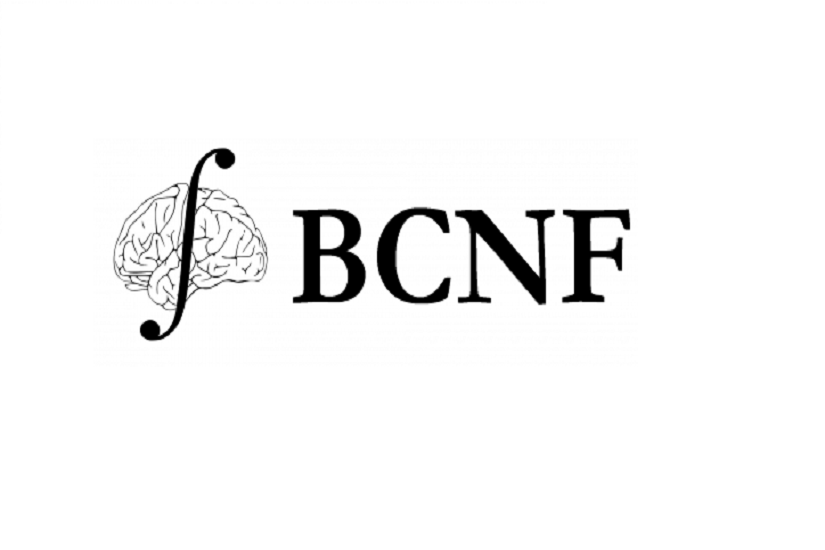
The Budapest Computational Neuroscience Forum is a series of informal monthly meetings of Budapest-based computational neuroscientists and computational cognitive scientists with the aim of facilitating discussion and cooperation among researchers working in different institutes and giving an opportunity to students to present their work and get to know the comunity. Originally started in 2007, restarted in 2017 and then again in 2023 the Forum is now regularly hosted by Central European University, and followed by a social event, both open to anyone interested.
Events of the Forum are advertised on a mailing list. If you wish to be on this list or have any inquiries about the series, contact Mihály Bányai.
Upcoming meeting:
Time: 17:00, May 22, 2024.
Location: CEU Budapest site, 1051 Budapest, Nádor u. 15., N15. room 101.
Speaker: Nikola Milićević, Pennsylvania State University
Title: Sensory systems and combinatorial neural codes
Abstract: Neural activity in sensory areas of the brain is shaped both by the stimulus and by the internal neural dynamics. When the stimulus space is known we can compute receptive fields of neurons. Receptive fields of individual neurons are convex in a number of brain regions (such as the hippocampus, and the visual cortex). The combinatorial neural code are the subsets of co-active neurons for some input to the neural network. Not any combinatorial code is compatible with convex receptive fields. This raises a natural question: how do recurrent networks produce convex codes? Towards this end, we study a recurrent neural network with the Dale’s law architecture.
We describe the combinatorics of equilibria and steady states of neurons in threshold-linear networks that satisfy Dale's law. The combinatorial code of a Dale network is characterized in terms of two conditions: (i) a condition on the network connectivity graph, and (ii) a spectral condition on the synaptic matrix. In the weak synaptic coupling regime, the combinatorial code depends only on the connectivity graph, and not on the synaptic strengths. Moreover, we prove that the combinatorial code of a weakly coupled network is a sublattice, and we provide a learning rule for encoding a sublattice in a weakly coupled excitatory network. Surprisingly, we find that the architecture of a Dale network “enforces” convex code output, in both strong and weak coupling regimes. Finally, we introduce a method inspired by game theory for inferring receptive fields, when the stimulus space is unknown or at least no consensus has been reached as in the case of olfactory systems.